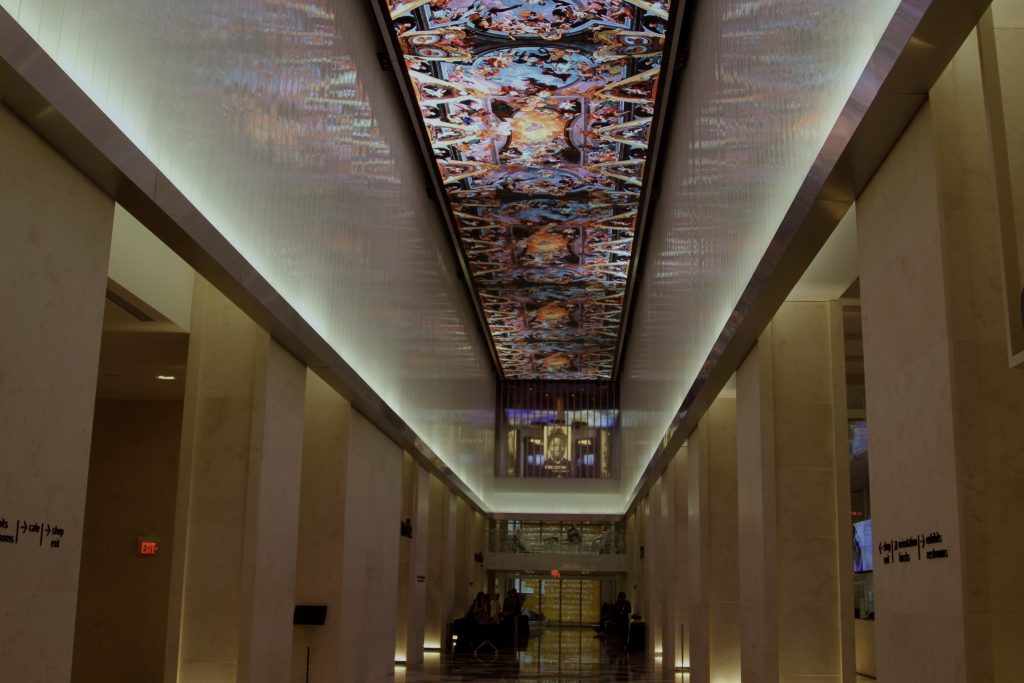Well before it opened its enormous doors a few months ago, the Museum of the Bible in downtown Washington, D.C., was the subject of avid discussion within the academic and museum communities I inhabit. Some of my colleagues rolled their eyes at the thought of a museum focused entirely on the good book; others worried lest the institution’s association with the right-wing Hobby Lobby and its overtly evangelical agenda might irrevocably compromise and tarnish its integrity. Still others, holding their collective breath, preferred to reserve judgment until they could see for themselves what the fuss was about.

Me -- and thousands of others. As I approached the museum at 11 a.m. on an ordinary Tuesday, a huge queue of folks waiting eagerly to enter greeted me: the first of many surprises and, as I now look back, an intimation of things to come. (A museum official subsequently told me that attendance ranges from five to seven thousand visitors a day.)
Next: the front doors. Although I had read in the Wall Street Journal of their “brazen monumental[ity]” -- the bronze gates are a towering 38 feet tall -- I was completely taken aback (and taken in) by their scale. It’s been said that they replicate the first two press plates of the Gutenberg Bible, but they put me in mind of Ghiberti’s glorious bronze Baptistery doors in Florence.
Once inside the Museum of the Bible (this takes a while; visitors are required to deposit their belongings in a space-age-looking contraption before proceeding onto another queue), the enormity and lightness of the lobby took my breath away, as did its ceiling.
Yes, the ceiling. It features an enormous digital array of images culled from illustrated manuscripts as well as the Sistine Chapel and floods the space with color, movement and vitality. It signals to visitors that they’re in for a visual treat and with it, an animated engagement with the ancient text.
I bring up these physical elements because they warrant mention on their own terms. The museum’s deployment of scale and volume bespeaks its commitment to, and exercise of, the visual imagination, giving new meaning to that old saw about a phenomenon of biblical proportions.

